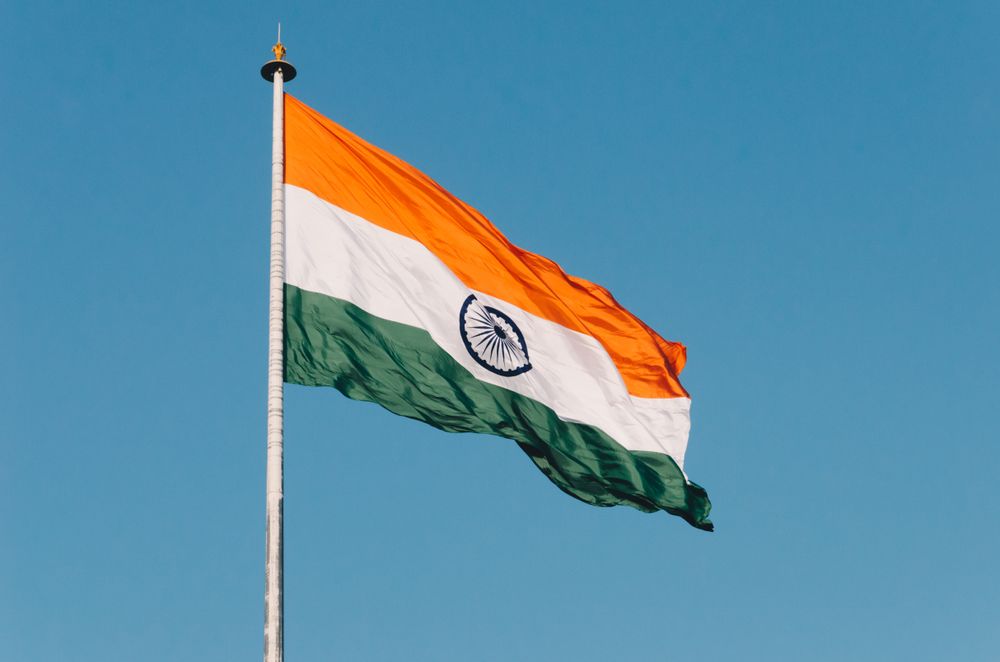Dr. Thani bin Ahmed Al Zeyoudi, Minister of State for Foreign Trade, announced that the Comprehensive Economic Partnership Agreement (CEPA) signed by the UAE and India will increase trade exchange by 120 percent to US$100 billion in five years, compared to the current trade exchange amounting to $45 billion.
CEPA will achieve growth in the national economy by 1.7 percent in 10 years with a value of $9 billion. It will increase exports by 1.5 percent, equivalent to $7 billion, and imports by 3.9 percent, equivalent to $14 billion, which will positively impact the Indian economy by nearly 0.7 percent and create around 140,000 new high-skilled job opportunities in the UAE.
WAM spoke to Dr. Thani bin Ahmed Al Zeyoudi, Minister of State for Foreign Trade, on the details of the historic pact and its impact on the economies of both nations.
Following is the interview:
What are the new areas of cooperation to be covered in the UAE-Indian partnership?
This agreement will achieve significant economic benefits for both countries through education, the cancellation of customs tariffs, facilitating access to markets, providing opportunities in vital sectors such as aviation, environment, hospitality, logistics, investment, building and construction, financial services and digital trade. CEPA will also benefit SMEs in both countries.
What is the size of the non-oil trade exchange between the UAE and India?
The size of the non-oil trade exchange between the UAE and India amounted to nearly $45 billion at the end of 2021, an increase of 60 percent compared to 2020, and 8 percent compared to 2019. India is the top trade partner for the UAE in terms of non-oil exports, as they amount to 14 percent of the total exports of the UAE to the world.
What are the most exchanged commodities between the two sides?
The primary exchange commodities include gold, diamonds, ornaments and jewellery, machinery, electrical appliances and their parts, petroleum oils, plastics and their products, and metals including iron, steel and aluminium.
India and the UAE account for over 16 percent of the global trade in diamonds, gold, and jewellery. Some 20 percent of the gold trade in both countries is accounted for by either country, which means that 20 percent of India's gold trade is with the UAE, and 20 percent of the UAE's gold trade is with India. Moreover, 3 percent of UAE’s commodities trade in relation to COVID-19 is with India.
India is among the 15 top exporters of food commodities globally and the UAE is among the top recipients of its exports from this commodity group, as it accounts for over 5 percent of its total exports to the world, after America and China.
India comes in second place in terms of the total UAE trade of food products, while India is among the top supplies of food products in the Emirati market, accounting for 10 percent of the UAE's food imports.
What are the target sectors in both countries?
CEPA strengthens access to markets and targets new investments in key sectors including energy, environment and digital trade. The agreement also provides new growth opportunities for the petrochemicals sector in the UAE. CEPA also allows access to government contracts in the government sector purchase markets in both countries.
The agreement provides frameworks for protecting intellectual property rights, including new areas like genetic resources for food and agriculture. It also encourages cooperation in intellectual property issues related to SMEs, sciences, technology, innovation and technologies inventions.
CEPA covers 11 service sectors and over 100 sub-sectors, which include business services (professional services, accounting, real estate, and advertising, among others), telecommunications, construction services, educational services, financial and insurance services, social and health services, travel and tourism services, entertainment, cultural and sports services and transport services.
What are the main features of the UAE-India partnership?
CEPA motivates commercial flows between the two markets by removing custom tariffs on nearly 80 percent of goods, which will contribute to accelerating non-oil trade between them from $45 billion in 2021 to $100 billion in five years.
What is the relative importance of India to the Emirati economy?
India is the top trade partner for the UAE in terms of non-oil exports, accounting for 14 percent of the total exports of the UAE to the world, while the UAE is the third trade partner for India, accounting for 40 percent of its trade with Arab countries.
CEPA is expected to contribute to accelerating non-oil trade between the two countries to amount to $100 billion in five years.
News Source: Emirates News Agency









